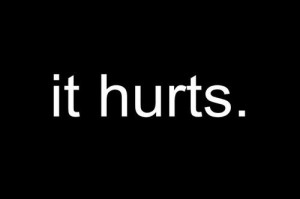I sat with the two children of a mother who had just passed away. They were recounting her life for me in preparation for the funeral.

As we spoke, the mother’s long-time caretaker came into the room. She began to speak about their relationship. Though her English was not perfect, the three of us sat spell-bound.
A Sad Journey
She described how she moved to Chicago from Belize after her youngest son died. She came to find work and had to leave her two older daughters at home.
She found work as a caretaker for the mother. The two of them instantly clicked.
They were both in profound pain: the caretaker at the loss of her son, and the mother at the loss of her health.
How Healing Happens
Each brought a measure of healing to the other. The caretaker showed the mom unabashed love.
She listened to her stories. She treated her with dignity. The two surviving sons admitted that the caretaker did things for their mom that they never could.
And the mom gave the caretaker a listening ear. She gave her a lifetime of experience. She gave her a person to care for and love.
Part of the process of healing is leaving the shell of our own pain.
Part of the process of healing is leaving the shell of our own pain. We do not forget or ignore it, but we avoid letting it become a cloud that envelopes our entire body and soul.
Pastor Rick Warren described this truth beautifully when he spoke to a group of ministers about the suicide of his son.
“Your greatest ministry,” he said, “will come out of your deepest hurt. We mistakenly think that the world is impressed by how we handle prosperity, but the fact is the world is impressed by how we handle adversity.”
Holding Our Finger Up to the Sun
A great hasidic rabbi once said a finger held up to the eye can block the sun. In other words, our own pain can cloud out all the light shining around us.
When we reach out to help another—when our pain become a catalyst for our heart—we lower that finger and let the light shine in.
Are You Christian? Get Your Free Jewish Holidays Cheat Sheet.

